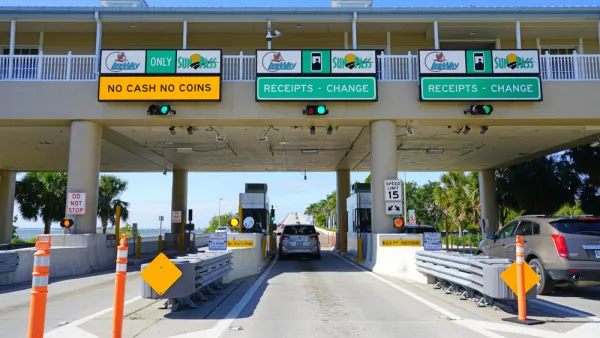According to SF State University geographer, Jason Henderson, the adoption of Plan Bay Area by MTC and ABAG last Thursday was a "watershed moment in regional planning", but it also was a missed opportunity to improve transit to capture more trips.
Jason Henderson, author of Street Fight: The Politics of Mobility in San Francisco (released in April - see SFBG review) credits the Metropolitan Transportation Commission (MTC) [and the Association of Bay Area Governments (ABAG)] for drafting and adopting Plan Bay Area, particularly its vision to guide future growth - "2.1 million people, 1 million jobs, and 660,000 housing units [by 2040] largely within the existing built-up areas of the nine-county region."
Newly designated priority development areas (PDAs) will enable modest-density, walkable development in city and suburb alike, while preserving both existing single-family neighborhoods and open space. In a time of urgent need to address global warming, the Bay Area has once again proved a leader by enabling compact housing around transit, and its supporting studies expect the per capita greenhouse gas emissions from driving to decline by 15 percent in 2040.
Notwithstanding the plan's compact development policies, its greatest failure is to get more people out of their cars, according to Henderson.
80 percent of all travel in the Bay Area will still be in cars in 2040, not much different from today, and far short of the real change that is needed in this time of urgency. With 2 million more people, this is a recipe for gridlock, inequity, and ecological disaster – not sound public policy.
As readers here know, you can't talk about improved public transit without bringing up funding. Henderson offers some advise here.
The debate about transit finance needs to be redirected – away from regressive local sales tax measures (which often include more roads) back towards more progressive measures, such as transit assessment districts – which could require developers who profit from Plan Bay Area’s growth incentives to adequately finance transit expansion.
While Henderson correctly recognizes that the Bay Area has become overly reliant on county sales tax measures (euphemistically called "self-help" measures), he neglects to mention the proposed regional vehicle-miles-traveled fee. He did note MTC's "Express Lane" plan, though, but negatively:
The debate needs to move away from creating new roadway capacity, such as exclusive toll lanes, and focus on how to convert existing highway lanes into transit-only lanes with fast, frequent, reliable regional bus service open to all. [Many of the 550 miles of express lanes proposed to be in operation by 2035 will be converted from existing carpool lanes].
Finally, he gives short-shrift to the media-grabbing crowds that attempted to ambush the plan altogether. "The current version of the plan, weak on transit funding, has been dominated by a loud, irrational mob of Tea Party cranks bent on sabotaging anything that hints of progressive ideas. They were successful in diluting Plan Bay Area." However, most of the MTC commissioners and all of the ABAG executive board members that voted to adopt the plan are elected leaders and accountable to their constituents, even the cranky ones.
FULL STORY: Street Fight: Plan Bay Area falls short of a worthy goal

Analysis: Cybertruck Fatality Rate Far Exceeds That of Ford Pinto
The Tesla Cybertruck was recalled seven times last year.

National Parks Layoffs Will Cause Communities to Lose Billions
Thousands of essential park workers were laid off this week, just before the busy spring break season.

Retro-silient?: America’s First “Eco-burb,” The Woodlands Turns 50
A master-planned community north of Houston offers lessons on green infrastructure and resilient design, but falls short of its founder’s lofty affordability and walkability goals.

Test News Post 1
This is a summary

Analysis: Cybertruck Fatality Rate Far Exceeds That of Ford Pinto
The Tesla Cybertruck was recalled seven times last year.

Test News Headline 46
Test for the image on the front page.
Urban Design for Planners 1: Software Tools
This six-course series explores essential urban design concepts using open source software and equips planners with the tools they need to participate fully in the urban design process.
Planning for Universal Design
Learn the tools for implementing Universal Design in planning regulations.
EMC Planning Group, Inc.
Planetizen
Planetizen
Mpact (formerly Rail~Volution)
Great Falls Development Authority, Inc.
HUDs Office of Policy Development and Research
NYU Wagner Graduate School of Public Service


























